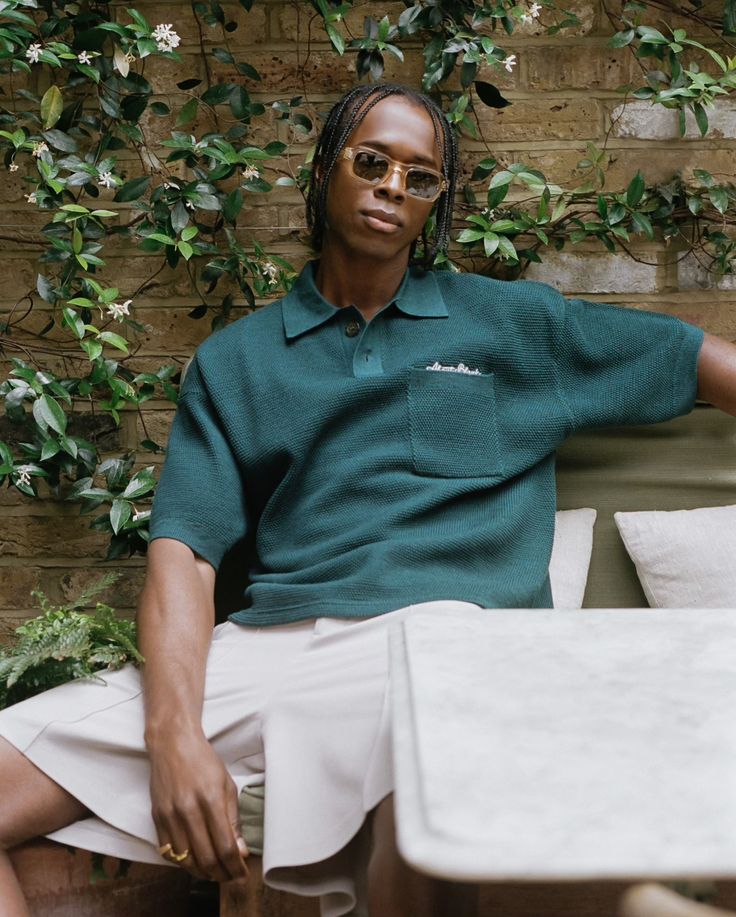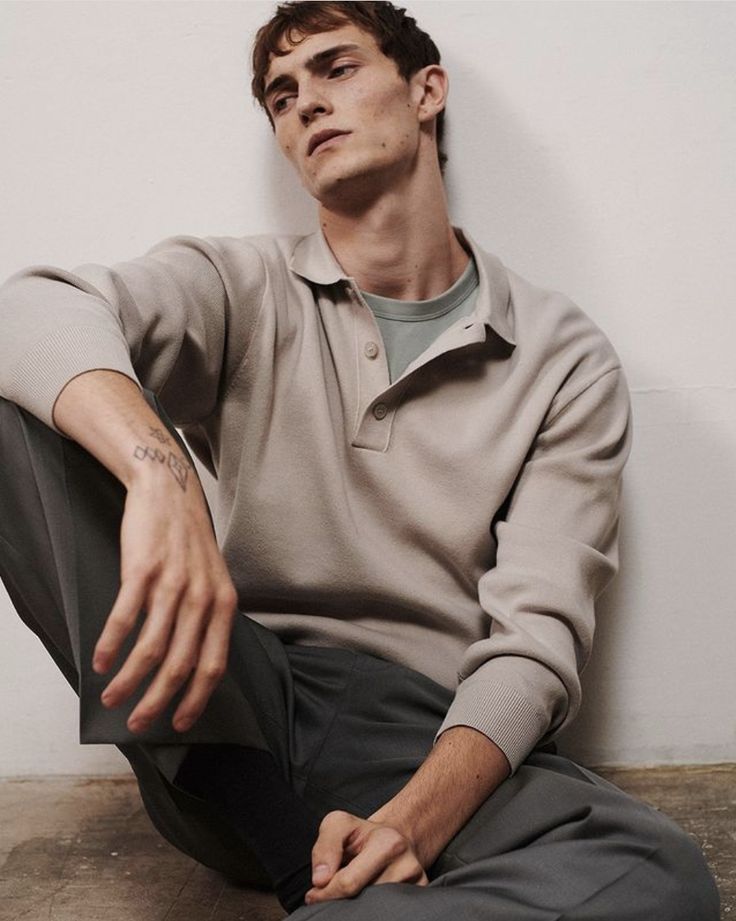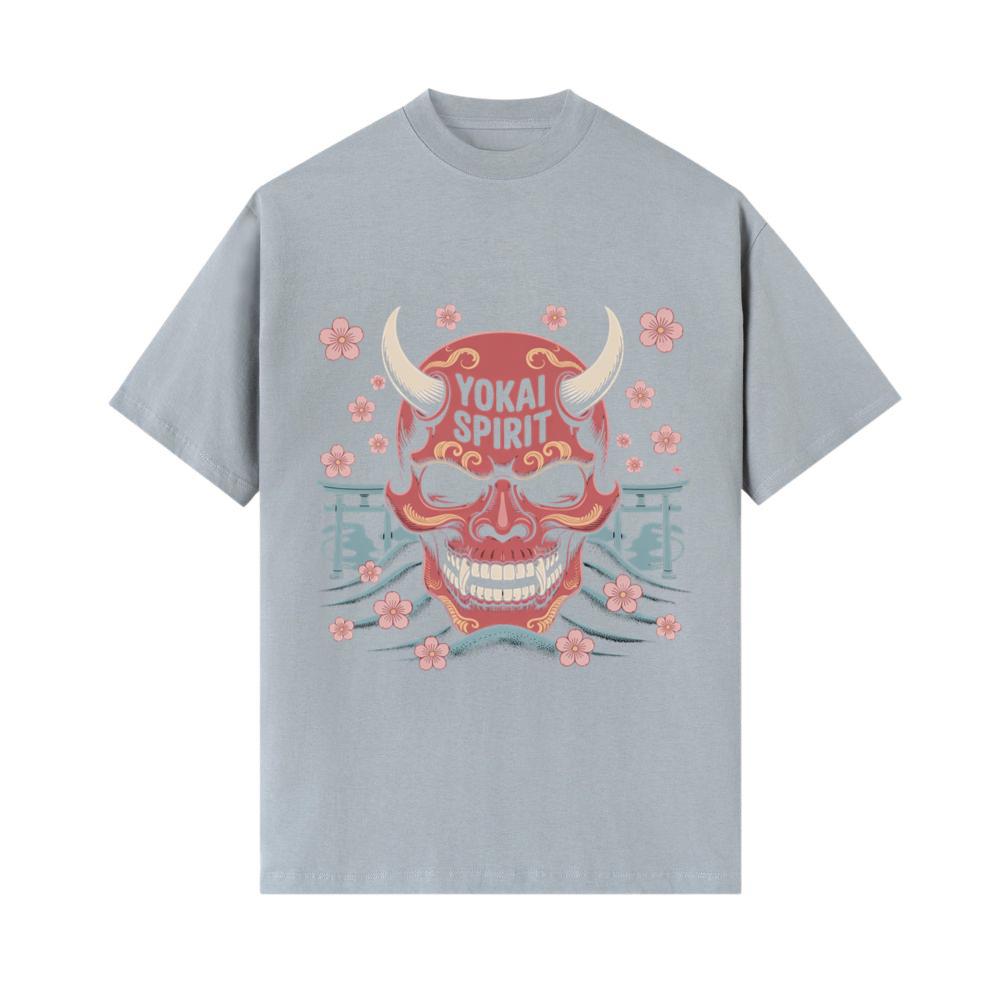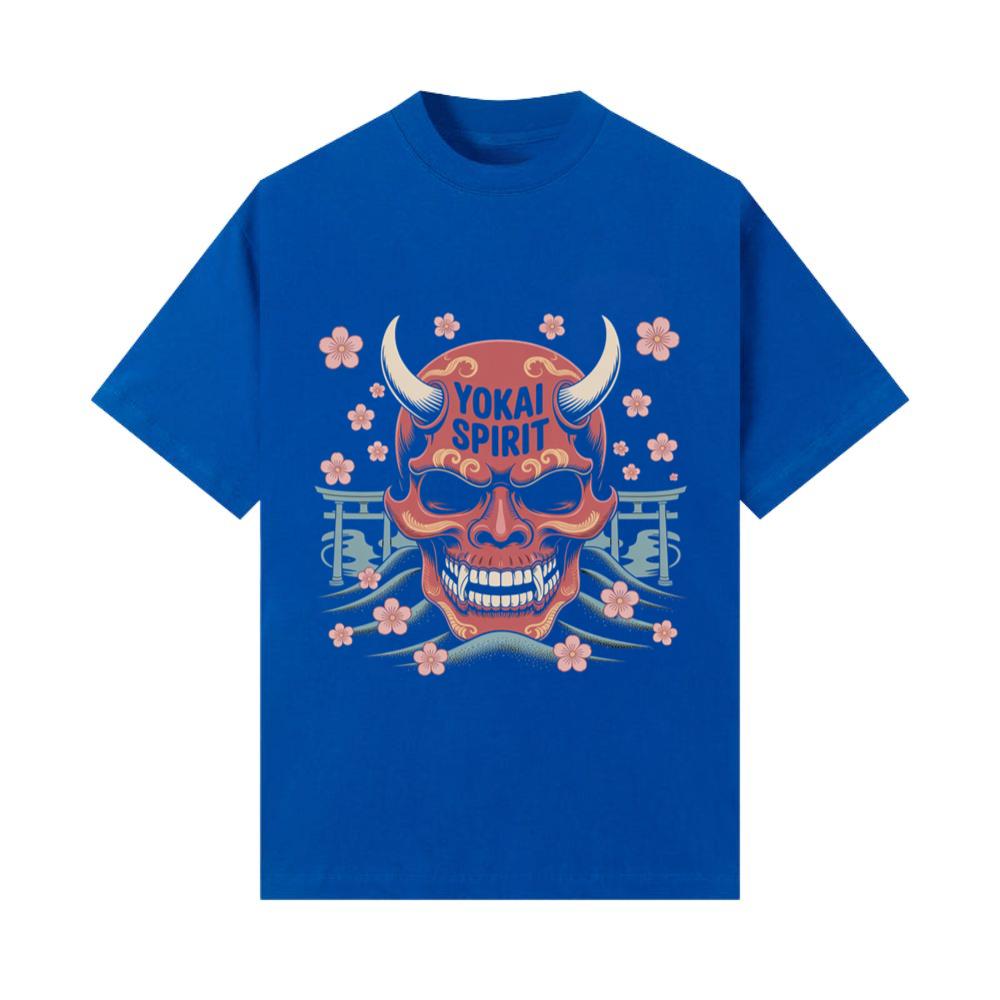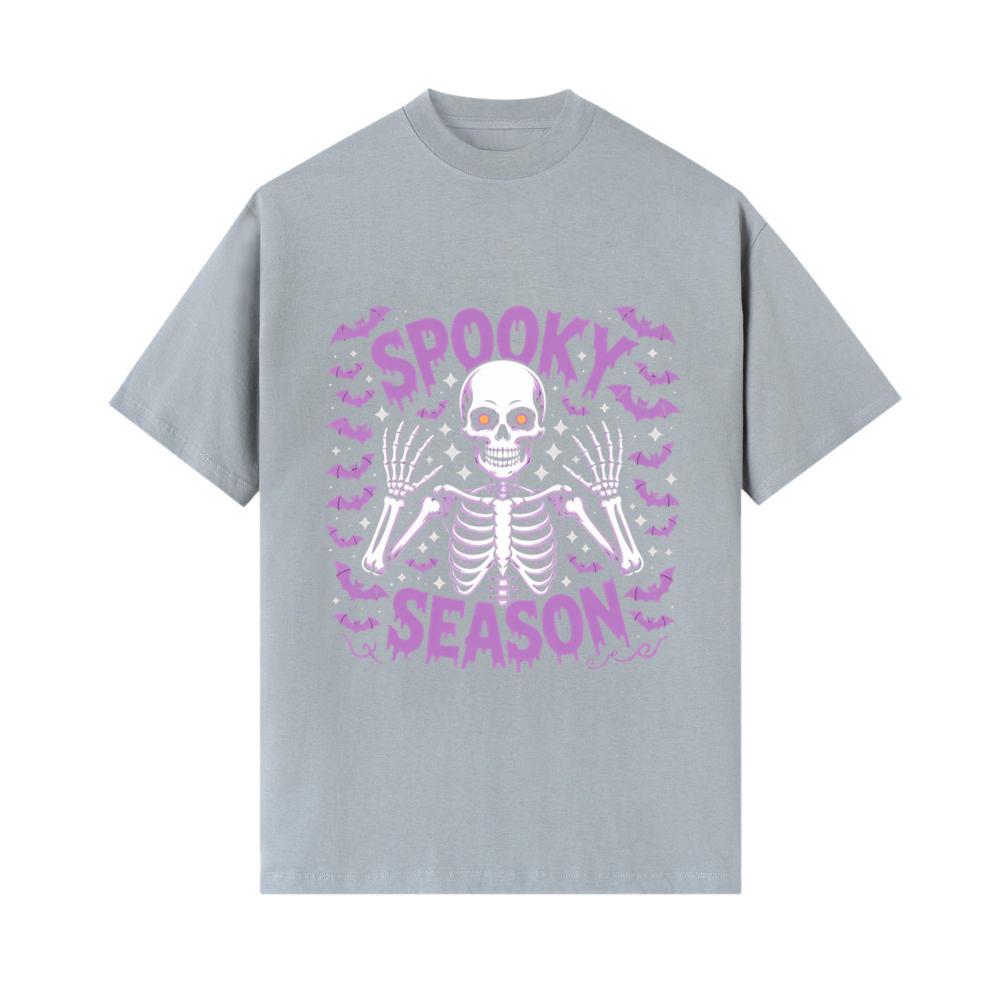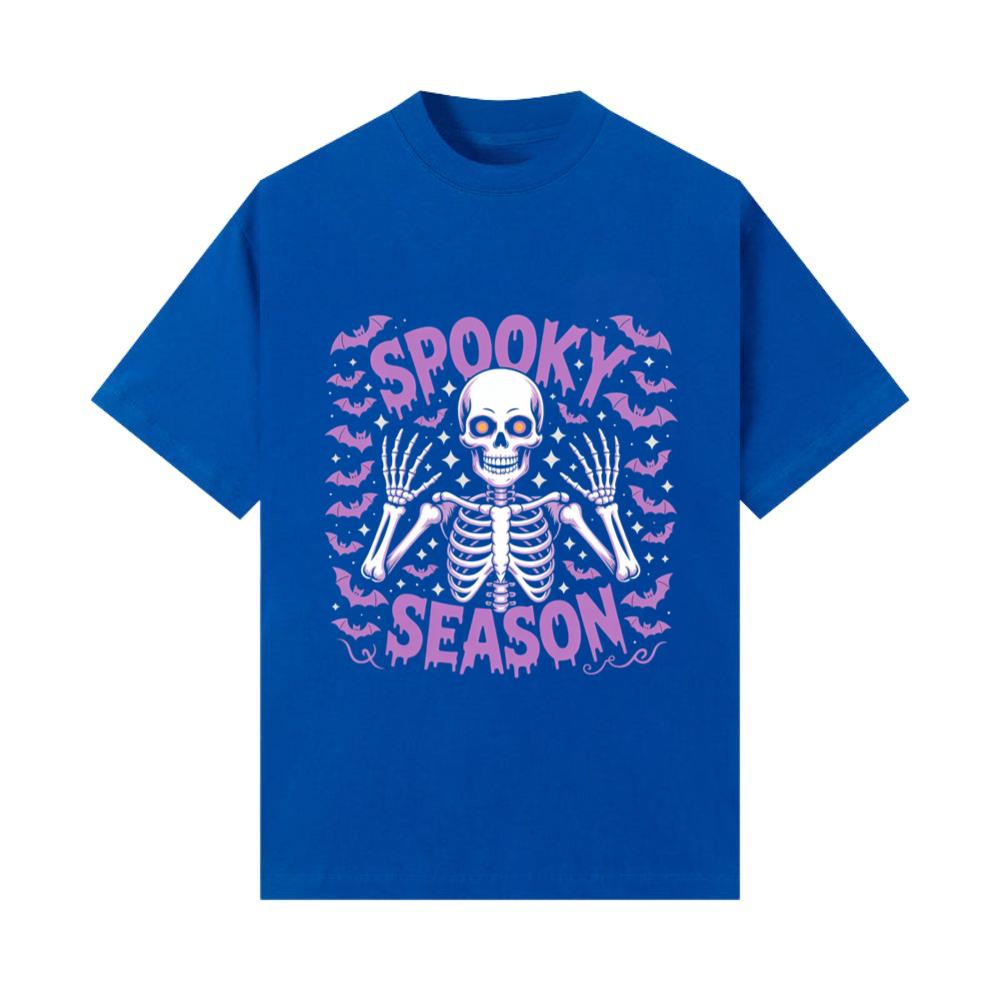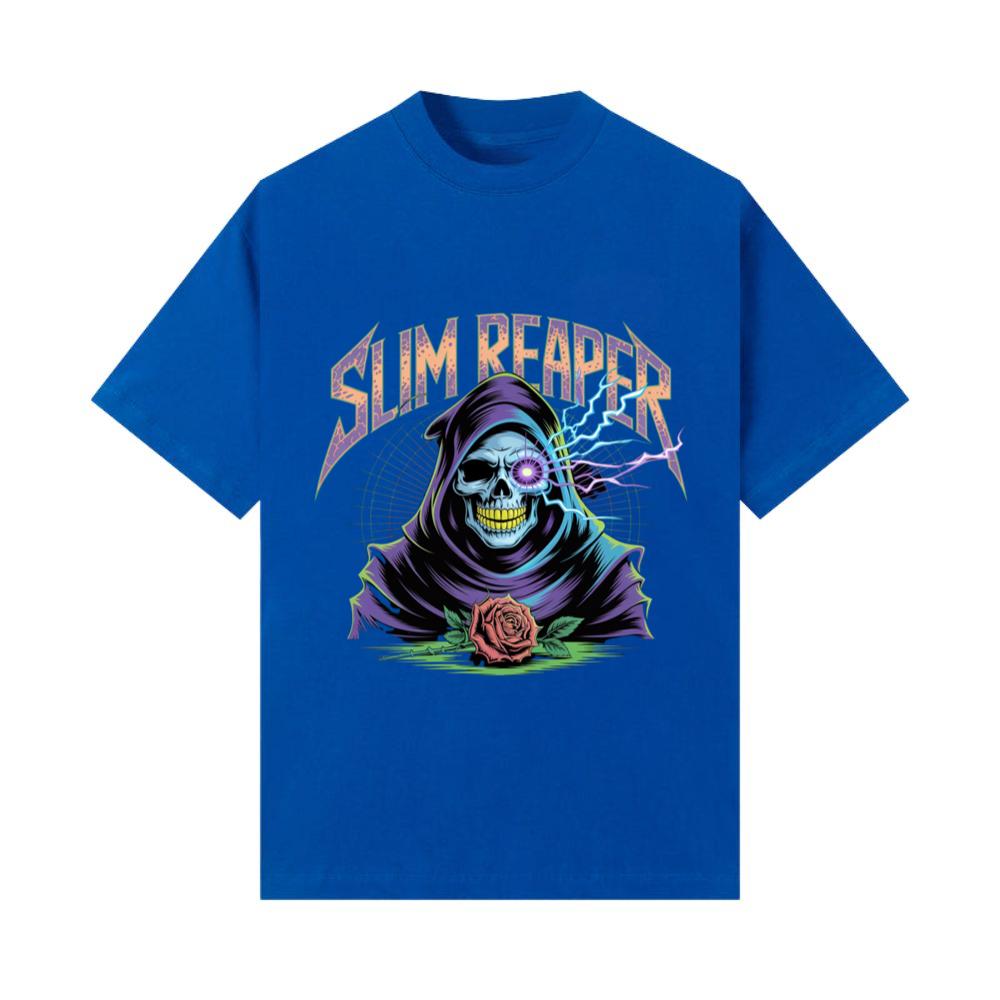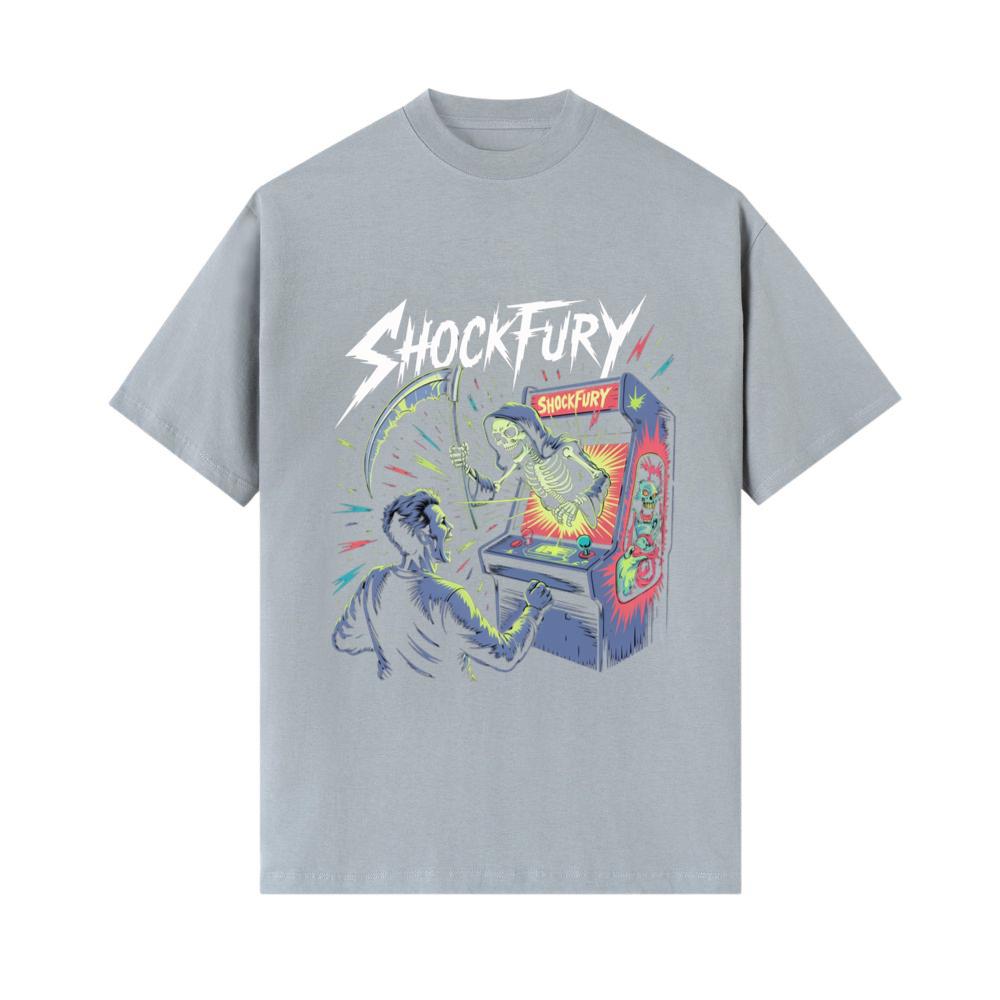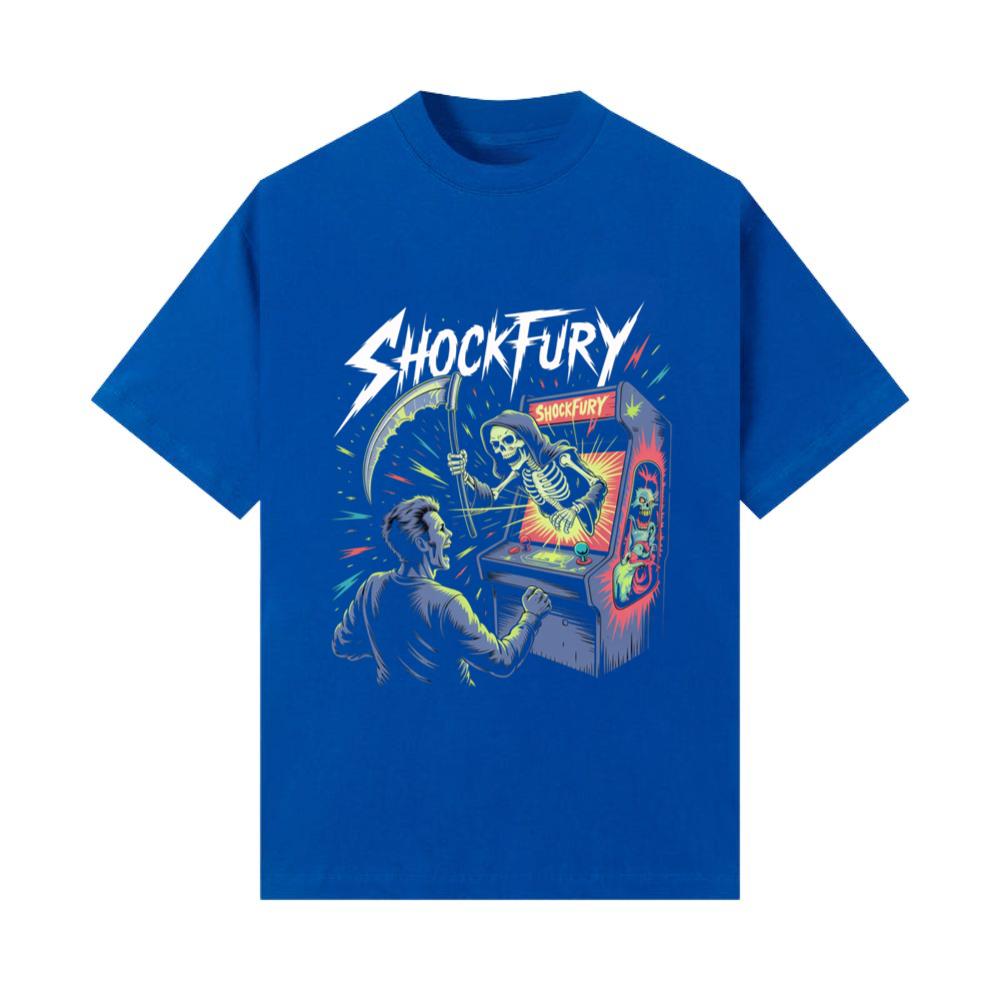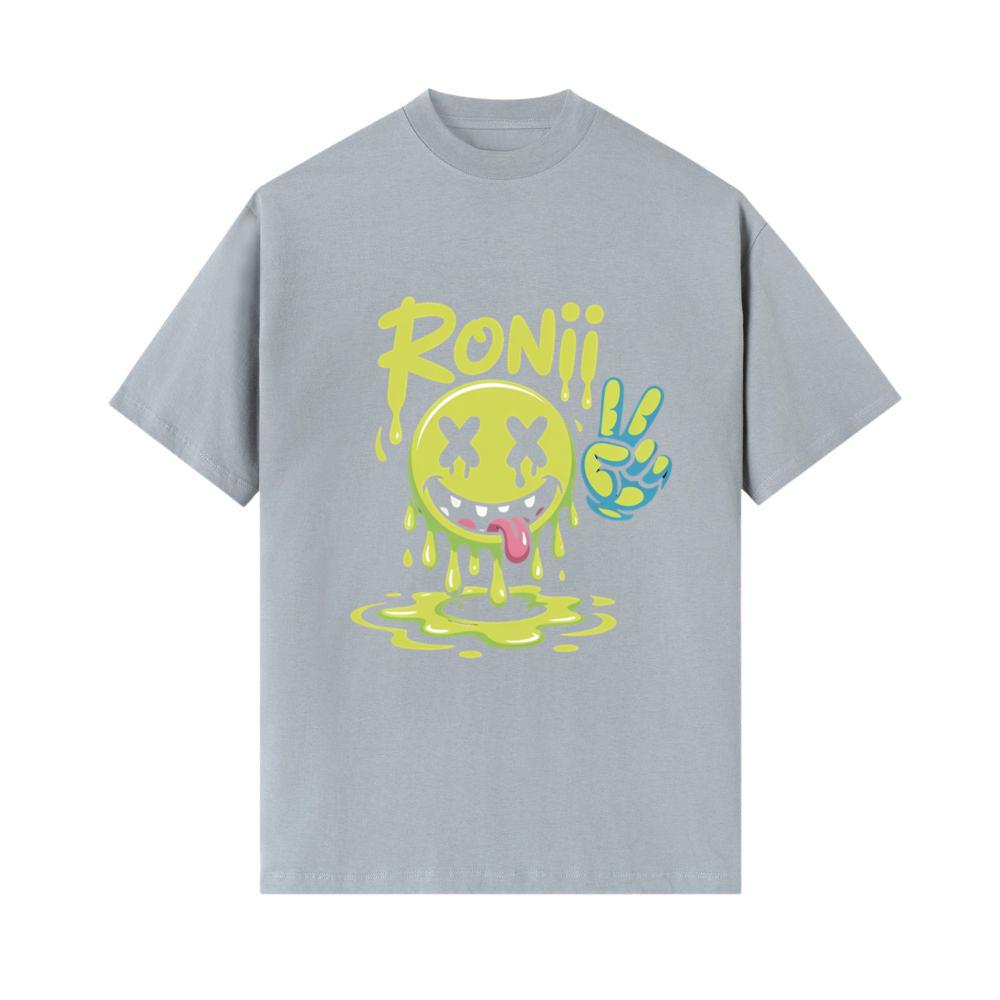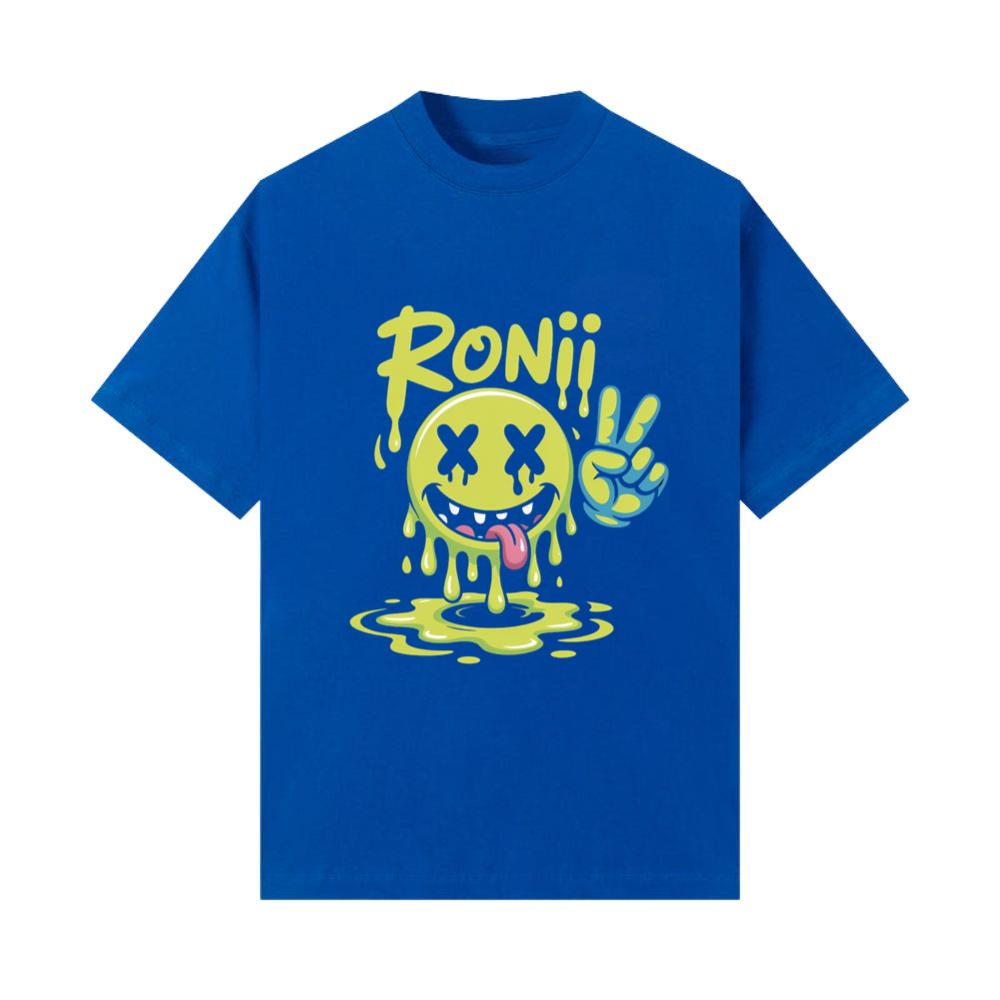Introduction
Fashion in 2025 is no longer confined to mere seasonal trends or fleeting aesthetics. It has transformed into a cultural compass, guiding society through innovation, sustainability, and inclusivity while reflecting the complexities of modern life. Creativity has become the heartbeat of the industry, fueling bold experimentation with materials, reimagined silhouettes, and digital experiences that blur the line between reality and imagination. Designers, consumers, and technology now collaborate to shape a future where clothing speaks not only to beauty but also to values, aspirations, and identity.
The phrase Visionary Vogue embodies this spirit of reinvention. The fashion landscape of 2025 is charged with energy, alive with designers who push boundaries, and enriched by diverse voices that bring fresh perspectives. Each collection released this year feels like a declaration: a reminder that garments are more than fabric. They are symbols of artistry, tools of expression, and reflections of collective progress. The creative pulse of fashion today beats louder than ever, signaling a world ready to embrace bold ideas while honoring responsibility to people and the planet.
The Creative Renaissance Defining 2025
The year 2025 marks a renaissance in design, characterized by a fearless embrace of creativity. Unlike previous decades where trends were dictated top-down by luxury houses, today’s fashion ecosystem thrives on collaboration between established icons and emerging innovators. Independent designers challenge conventions with raw, authentic storytelling, while global fashion giants experiment with new models of creation that emphasize inclusivity and experimentation.
Creativity is no longer limited to haute couture or avant-garde runways. It now emerges from streetwear, digital fashion labs, and communities that fuse tradition with modernity. Artisans reinterpret cultural heritage, blending it with contemporary tailoring, while technologists generate collections using artificial intelligence. This diversity of voices infuses the industry with vitality, ensuring that fashion in 2025 is not defined by uniformity but by multiplicity.
Sustainability as a Driving Force of Visionary Style
At the center of this creative pulse lies an unwavering commitment to sustainability. In 2025, environmental awareness is not a niche concern but a creative catalyst. Designers see ecological responsibility as an opportunity to explore new materials and inventive methods of production. Fabrics grown in labs, fibers regenerated from waste, and biodegradable textiles inspire collections that feel futuristic yet grounded in necessity.
Rather than limiting creativity, sustainability expands it. The challenge of designing garments that respect ecosystems pushes innovators to experiment with zero-waste cutting techniques, circular fashion models, and garments intended for multiple lifecycles. Each piece carries meaning beyond aesthetics, symbolizing care for the Earth and for future generations. Visionary fashion in 2025 demonstrates that true luxury is inseparable from sustainability.
Technology as the Canvas of Imagination
Technology has become both muse and medium for designers in 2025. Artificial intelligence supports creative exploration by generating design variations, predicting consumer needs, and enhancing efficiency without diluting artistic integrity. 3D printing allows sculptural garments once thought impossible, while digital fabrics in the metaverse open limitless possibilities where imagination faces no material restrictions.
Fashion shows themselves have evolved into hybrid experiences that merge physical runways with augmented reality projections and virtual participation. Consumers are no longer passive spectators but active participants, trying on digital versions of collections through immersive platforms before purchasing. Technology has not replaced creativity; it has expanded the canvas, giving visionaries the tools to express ideas that transcend physical limitations.


